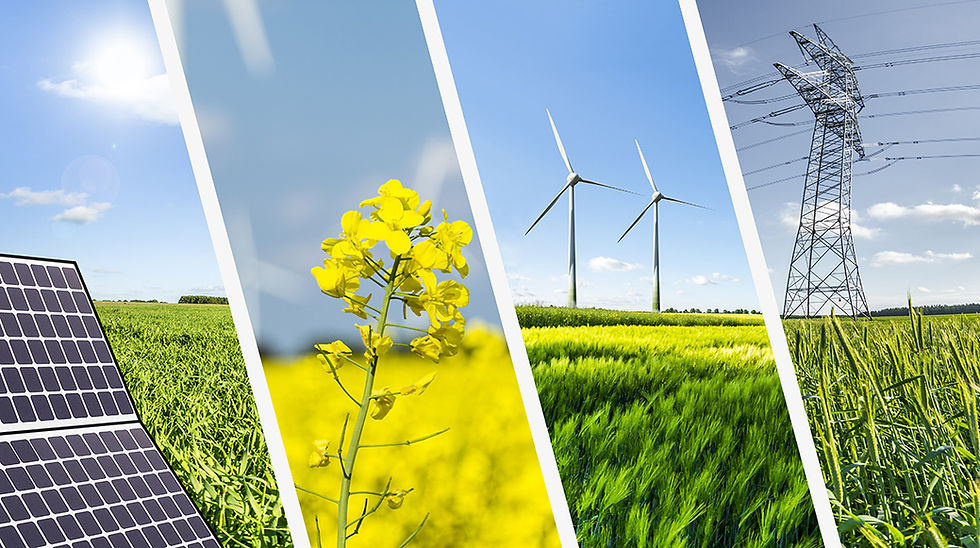The Belt and Road’s Clean Energy Agenda - Hikmet Can Çakan
- Bilkent EPRC

- Dec 16, 2019
- 2 min read

China’s Belt and Road Initiative (BRI) is undoubtedly the most prominent regional connectivity and development project of the 21st century. The main focal points of the BRI announced by Chinese President Xi Jinping in 2013 are transportation links, power infrastructure projects, and energy transmission schemes across Asia. However, all the potential benefits projected by China and most of the countries located in its route, this revitalization of the historical Silk Road, worries many for multiple reasons. Today, I will focus on the clean energy investments within the broader scope of the BRI.
There is an ongoing debate on the question of ‘do China’s energy investments around the world -especially in South and Central Asia- promote clean power generation or do they export China’s dirty coal-fired power generation systems?’. On one side, Kelly Gallagher from Tufts University presents the data from China Global Energy Finance (CGEF - at Boston University) and argues that China’s BRI is a conduit for polluting investments by Chinese policy banks around the world. On the other side, John Mathews and Carol Huang from Macquarie University, Sydney, argue that the BRI is a magnet for renewable energy investments. From the same dataset that Gallagher used, they reached a different conclusion suggesting that China’s global energy investments over the past five years, since 2014, have been more green than black.
According to the CGEF data, over the past five years, more than half of China’s investments in energy projects around the world have been directed towards clean energy production, namely, hydroelectric power plants, wind turbines, and solar panels. However, according to a study published by Greenpeace in July 2019, China’s wind and solar power investments in BRI countries have reached the amount of 12.6 GW since 2014, while coal-power investments in the same region and during the same period amounted 67.9 GW. Chinese investors’ ratio of coal to solar is currently 6/1 in favor of coal, and the level is the same as the domestic ratio in China. According to Reuters, China supports more than 25% of all new coal-fired power plants across the world by 2019. Moreover, China has been criticized by global experts and policymakers for funding coal-fired energy projects abroad that would not meet even its emission standards.
As noted in the previous issue, China’s commitment to green energy follows a fluctuated graph, at least in the short term. There are promising developments both in China and overseas in terms of Chinese investments on clean energy. Moreover, the BRI region, including China, Central, and Southeast Asia, offers fertile grounds for renewables. According to the Paris Climate Accords, Indonesia, for instance, has wind energy reserves of 60 GW and solar over 200 GW. On the other hand, China also continues to export coal energy technologies and undertakes constructions of coal power plants across Asia and Africa. As China keeps on wearing more than one hat, its conflicting image, as it was the case in its domestic policy on clean energy, continues to reinforce both suspicions and expectations at the same time.




Comments